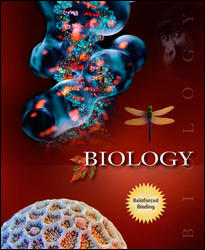 
Biology, Eighth Edition (Raven)Chapter 41:
Sensory Systems in PlantsLearning OutcomesChapter 41
- Understand the chemical basis of the phototropic and photomorphogenic responses and how they are altered by light of various wavelengths.
- Differentiate between thigmotropism and thigmonasty.
- Describe the physical versus physiological basis of gravitropism.
- Understand the numerous kinds of movement exhibited by otherwise immobile plants.
- List the seven major types of plant hormones, their basic effects on plant tissues, and several of their commercial applications. Which one is a gas? Which one induces formation of winter buds?
- Describe the chemical nature of the only naturally occurring plant auxin.
- Compare plant hormones with animal hormones.
- Describe dormancy and the factors that release it.
 |  |
|





